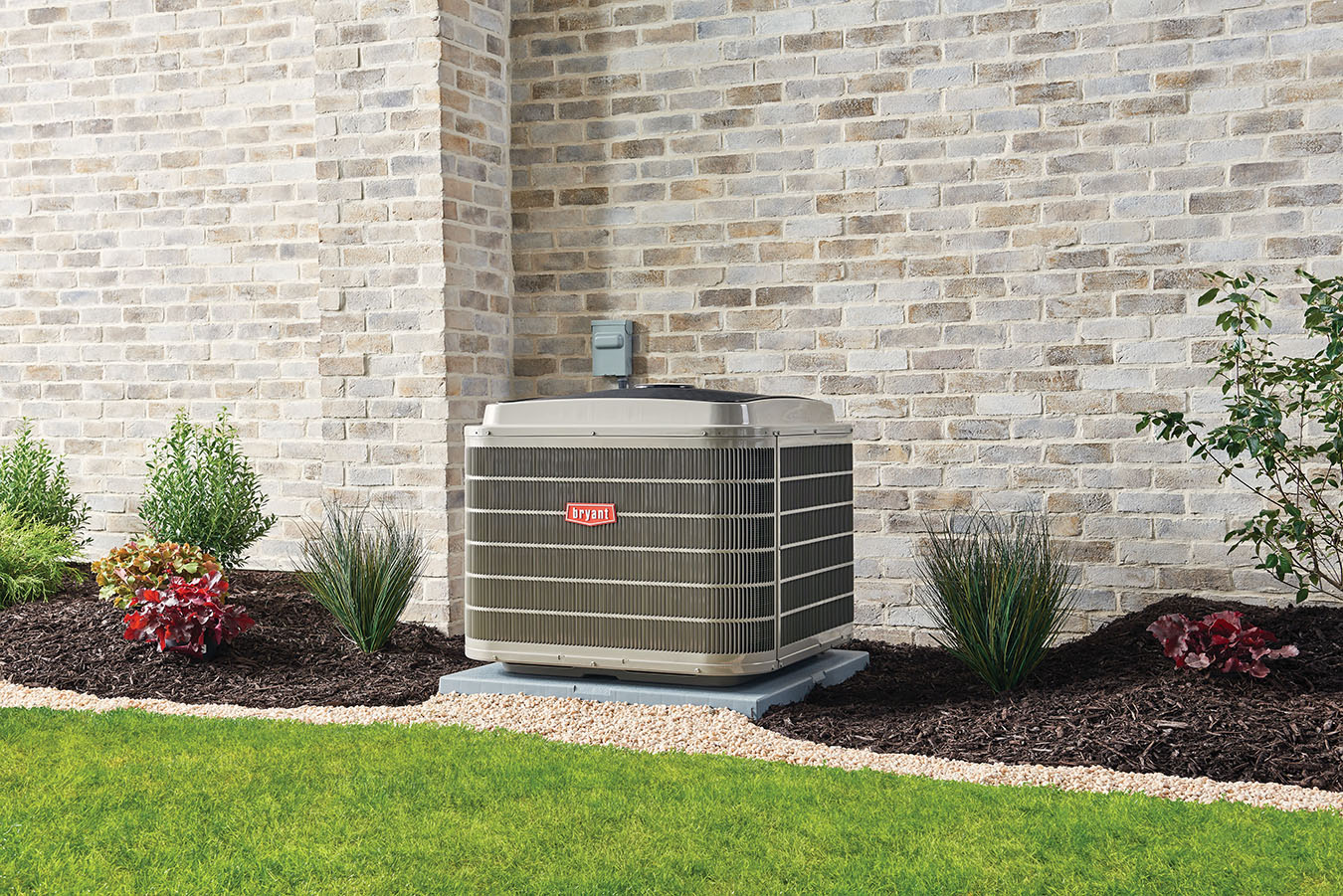As the winter chill settles in, many of us find ourselves grappling with more than just the cold weather. Dry air becomes a common nemesis, bringing with it a host of health issues such as congestion, dry skin, and irritated sinuses. In the battle against winter’s chill, a whole house humidifier can be a real hero when it comes to maintaining the desired humidity level, offering relief and comfort throughout your home.
Understanding How Whole House Humidifiers Work
Before we discuss the ways a whole house humidifier can alleviate winter indoor air quality issues, it’s essential to understand how whole house humidifiers operate. Unlike portable humidifiers that cater to a single room, a whole house humidifier is installed alongside your home’s HVAC system, distributing moisture evenly throughout your entire home.
Whole house humidifiers are connected to the home’s water supply and have a dedicated drain that typically empties into a nearby floor drain. This allows the water reservoir to fill and drain as needed. As such, whole house humidifiers are very low maintenance compared to portable models that require the use of distilled water, regularly refilling the unit with gallons of water, and cleaning the water reservoir to prevent mold growth.
As the dry winter air is pulled into your heating system, the whole house humidifier will introduce moisture and create humidity. How they do so depends on the type of whole home humidifier you install:
- Evaporative humidifiers operate by utilizing a wick filter or a saturated water panel. A fan draws dry air through this wet filter, causing the water to evaporate into the air – a bypass humidifier model uses the HVAC system’s fan, while a fan-powered evaporative humidifier uses its own dedicated fan. This natural evaporation process adds moisture to the air, increasing the humidity level in the surrounding environment.
- Steam humidifiers work by heating water to produce steam that is released into the air. This method ensures that the moisture introduced is in the form of warm, comfortable steam. A steam humidifier is effective in quickly raising humidity levels in the home.
Humidified air mixes with warm air from the furnace or heat pump. HVAC systems circulate this humidified air into the living spaces to maintain proper humidity levels indoors. Whole house humidifiers are an energy efficient solution for adding moisture to maintain the home’s humidity level over the winter months. Features such as an adjustable humidistat and digital controls make a whole home humidifier a user-friendly partner for your HVAC system.
Combating Congestion: The Role of Humidity
One of the primary benefits of a whole house humidifier lies in its ability to combat congestion effectively. Dry air, a common winter woe, can exacerbate respiratory issues and make congestion more pronounced. By maintaining proper humidity levels, a whole home humidifier plays a crucial role in mitigating these problems on dry days.
Dry air can irritate the mucous membranes in your respiratory tract, leading to congestion and discomfort. When humidity levels drop, the nasal passages can dry out, hindering the body’s natural defense mechanisms against airborne irritants. A whole house humidifier steps in by introducing moisture to the air, helping to soothe irritated nasal passages and promoting easier breathing.
Additional Winter Health Benefits
While alleviating congestion is a notable advantage, the benefits of a whole house humidifier extend beyond respiratory relief. Here are some additional ways this device can contribute to your well-being over the winter months:
Skin Hydration: Dry air doesn’t spare our skin, often leaving it parched and itchy. A whole house humidifier ensures that your skin remains adequately hydrated, preventing the discomfort associated with winter dryness.
Reduced Static Electricity: Winter’s dry air is notorious for creating static electricity, leading to annoying shocks and clingy clothes. By maintaining optimal humidity levels, a whole house humidifier helps reduce static charges and shocks, providing a more comfortable living environment.
Preservation of Wooden Furniture and Wood Floors: Dry air can take a toll on wooden furniture and wood floors, causing them to crack and warp. A whole home humidifier helps preserve the integrity of your home’s structure and your wooden belongings by preventing excessive dryness and maintaining a balanced humidity level.
Improved Energy Efficiency: Whole house humidifiers can make your home feel warmer at lower thermostat settings. Moist indoor air retains heat more effectively, allowing you to comfortably lower the temperature without sacrificing comfort. This enhanced energy efficiency can allow you to save money on your energy bill over the winter months.
Making the Move: Installing a Whole House Humidifier
As winter’s chill sets in, the battle against dry air and its associated health issues intensifies. A whole house humidifier emerges as a reliable ally, offering relief from congestion, dry skin, and other winter-related discomforts.
Now that we’ve explored the myriad benefits of a whole house humidifier, you might be considering making the move to install one in your home. While the whole house humidifier cost is higher upfront than portable models, they are more affordable to operate ongoing. The installation process is seamless, with the unit being integrated into your existing HVAC system. Our professional technicians can ensure a smooth setup, installing the additional wiring, water supply line, and drain needed that allow the unit to effortlessly control your home’s humidity level.
Contact Goff Heating & Air Conditioning today to make an appointment for whole home humidifier installation and explore how a whole house humidifier can transform your winter experience.



